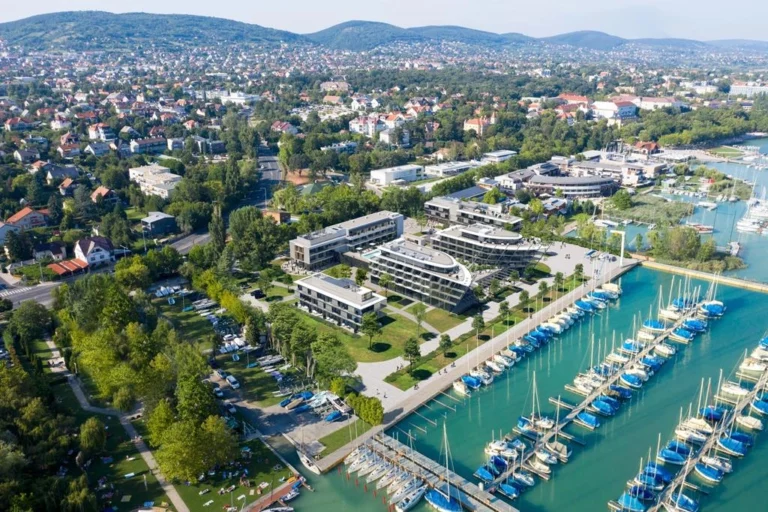construction
VIDEO: New expressway nearly completed connecting Győr with Baroque Hungarian city

PHOTOS: New hotels to be built in Hungary’s second most populous town

Constructions are put on pause in this Hungarian town due to overpopulation

PHOTOS: Renewed Buda Castle will look astonishing

Stunning sight: Ghost hotel in Visegrád, Hungary – PHOTO GALLERY

PHOTOS: Futuristic Danube Bridge to be built in Hungary

Construction, home renovation in Hungary? Now is the time!

Hungarian real estate industry meets turning point: is there a way out?

Do you want to get Hungarian castles for free? New bill makes that possible

PHOTOS: The world’s biggest Szekler Gate inaugurated in Sokorópátka

PHOTOS: Luxury 5-star hotel to be built at Lake Balaton

VIDEO: New Danube Bridge reached highest point

This is what the Budapest Chain Bridge may look like in the future

Hungarian construction industry is suffering, the latest figures are out

Government allowed the construction of a battery plant in secret in Hungary?

Budapest Airport to expand long-haul flights and add new destinations

PHOTOS: Hungarian company would like to begin a new age in construction industry

It will be difficult to commute on Hungary’s two busy motorways from next Monday!






